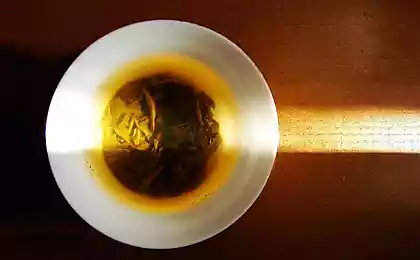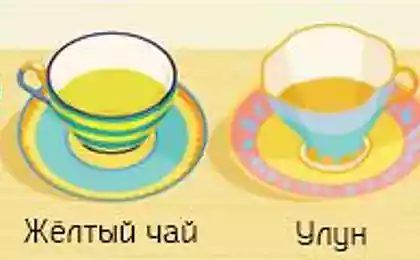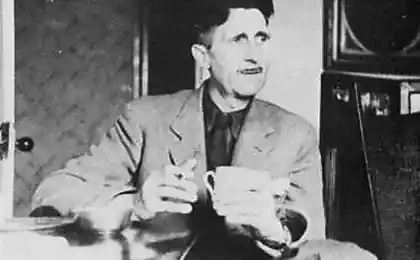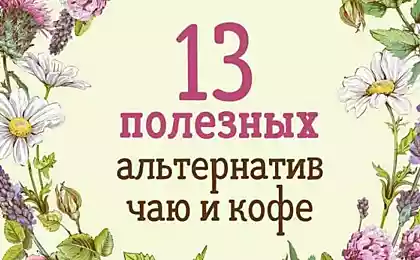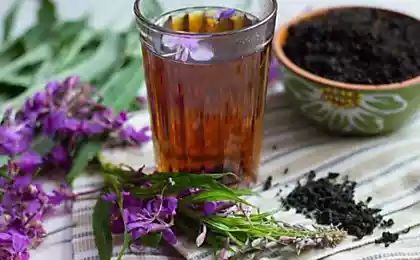892
SCIENCE born a cup of tea
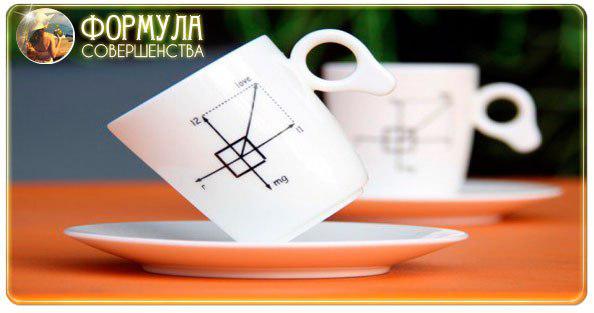
One of the founders of biometrics (mathematical statistics for processing the results of biological experiments) was an English botanist Robert Fischer worked in 1910-1914 years in the agro-biological station near London.
Staff team consisted of some men, but once on the job took a woman, a specialist in algae. For her it was decided to establish a common room Fife-o-tufts. At the first tea party dispute went to the eternal theme for England: what is better - add milk to tea or pour tea into a cup, which already have milk? Some skeptics began to say that the same proportion is no difference in the taste of the drink will not, but Muriel Bristol, a new employee, alleged that easily distinguish the "wrong" tea (English aristocrats consider correct refill milk tea, and not vice versa).
In the next room was prepared with the assistance of a staff chemist in many ways a few cups of tea, and Lady Muriel showed the subtlety of its taste. A Fisher wondered how many times it is necessary to repeat the experience, so that the result can be considered reliable? After all, if the cups would be only two, guess the method of preparation was quite possible to purely accidental. If three or four - accident also could play a role ...
From these reflections was born classic book "Statistical methods for research workers," published in 1925. Fischer biologists and physicians have used so far.
Note that Muriel Bristol, according to the memoirs of one of the participants of tea, correctly identified all the cups.
By the way, the reason why the English high society adopted topped milk tea, and not vice versa, is associated with a physical phenomenon. Know always drank tea from porcelain, which can burst if you first pour a cup of cold milk, then add hot tea. Simple Englishmen drank tea from porcelain or pewter mugs, without fearing for their integrity.




